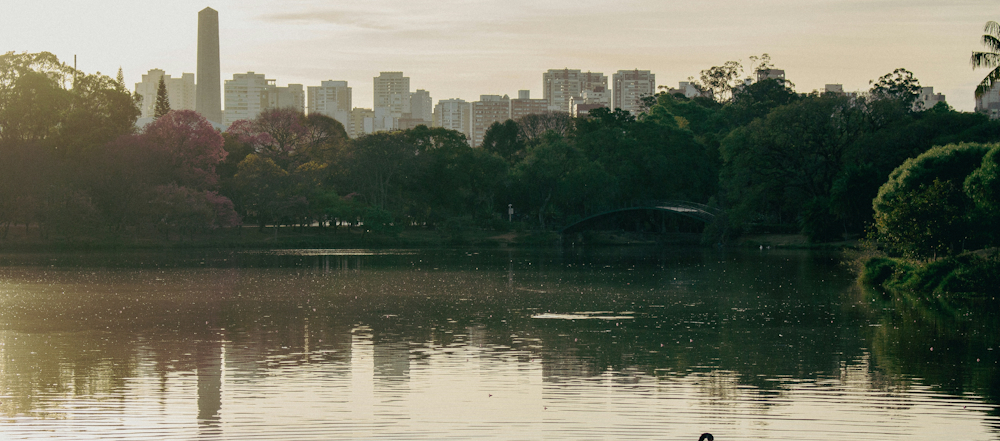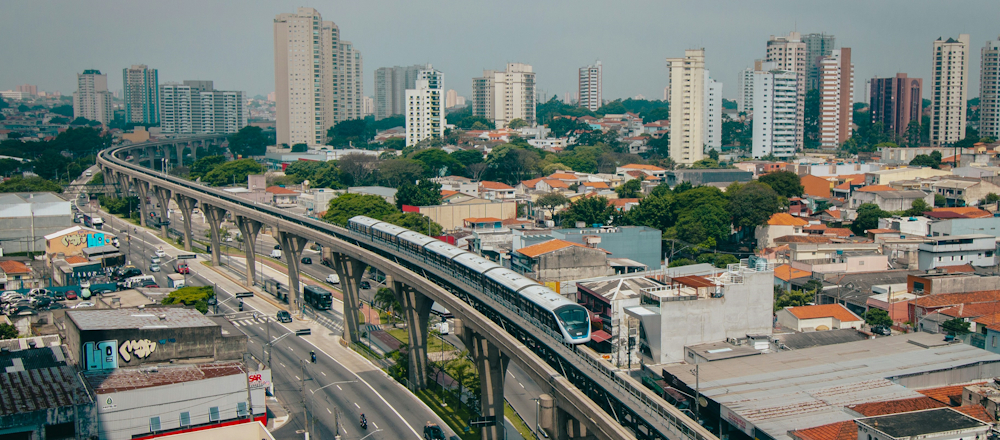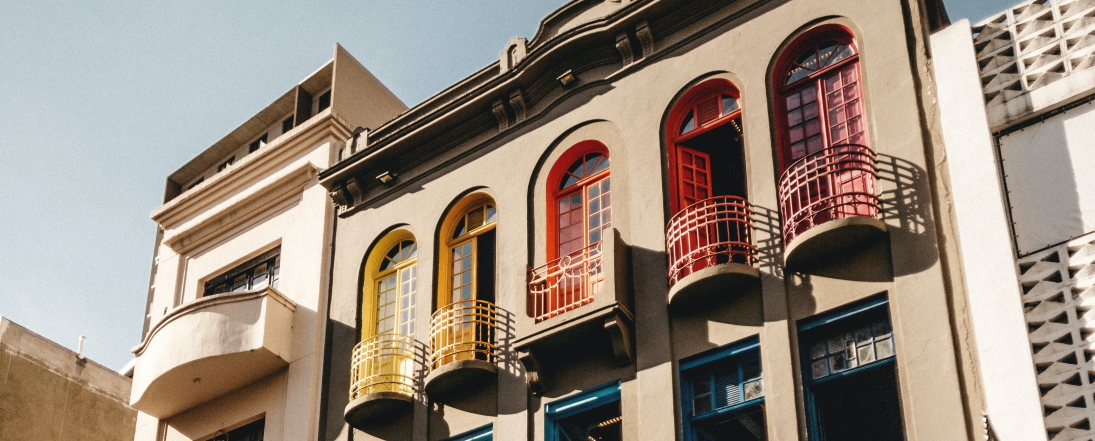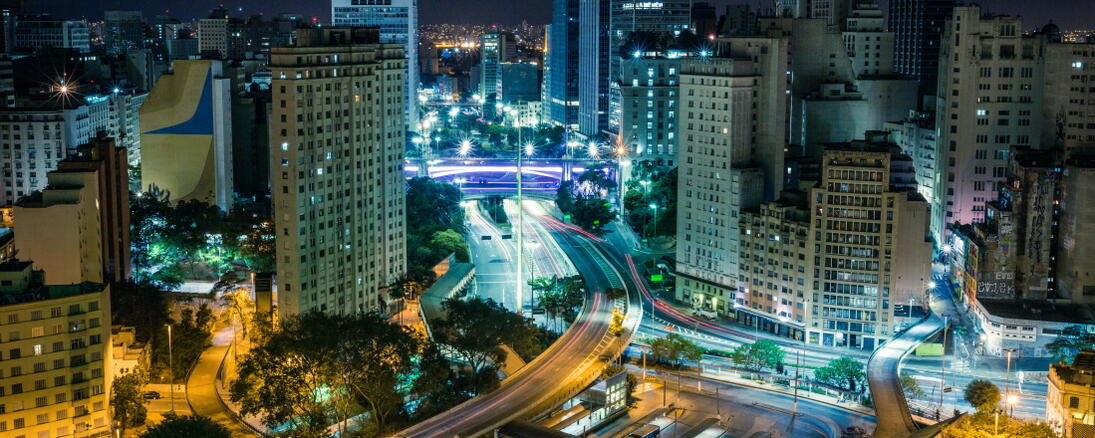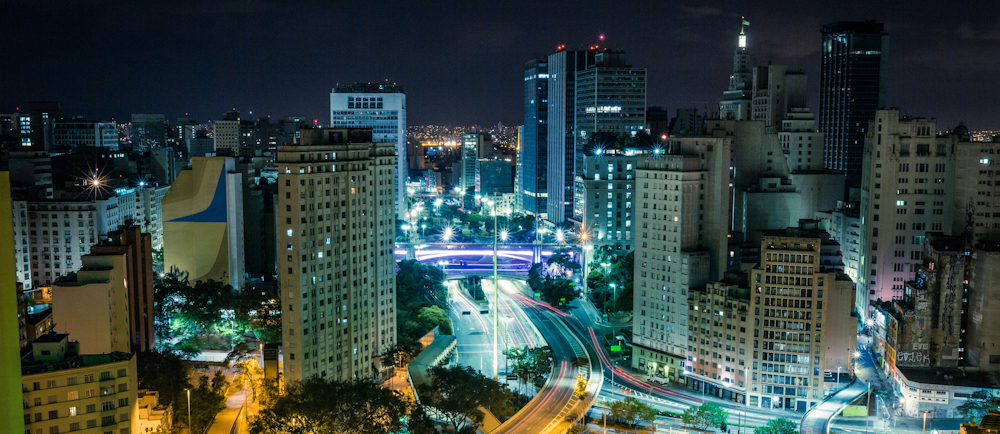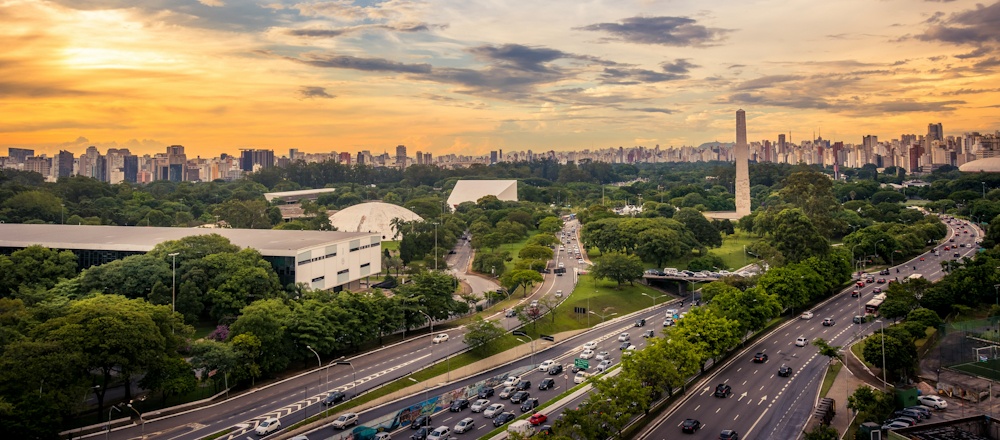Living in São Paulo as an expat
Expats moving to São Paulo may initially find the sprawling, crowded and extremely metropolitan city challenging to settle in. That said, most expats find that the city’s diversity of ethnicities and cultures helps to ease their transition into life in Brazil.
As an important commercial and industrial centre, the city is home to almost every leading Brazilian industry. Job opportunities have attracted immigrants and expats from all around the globe. The city, therefore, has a distinctly international feel to it. Japanese, Arab, European and American immigrants have all added their unique flavours to the cultural melting pot in this Brazilian city and have contributed to the welcoming environment it offers expats.
Working in São Paulo
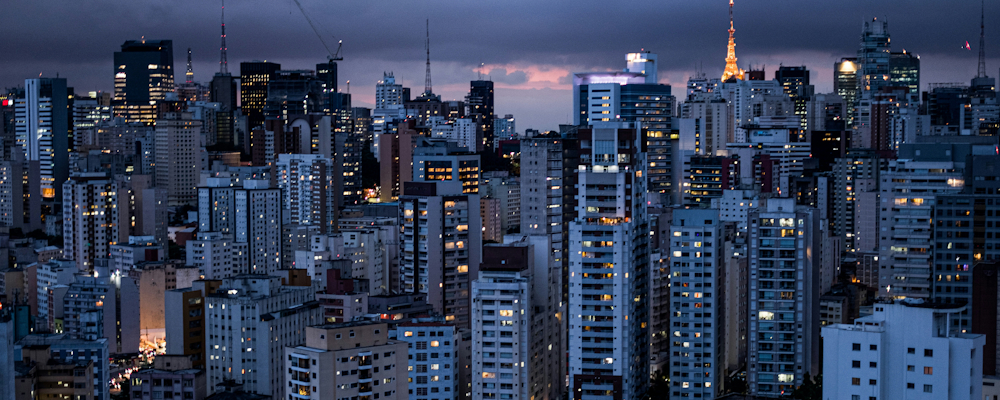
When it comes to finding a job and working in São Paulo, expats are well-placed. São Paulo is the largest financial centre in Latin America and contributes approximately 10 percent of Brazil’s GDP. Around 10 percent of all Brazilian foreign trade flows through the city.
Key industries in São Paulo include financial services, technology, manufacturing (predominantly automotive), banking, and industrial production. The ABC Region (Santo André, São Bernardo, São Caetano) is Brazil’s largest automotive hub, and the city’s job market is outpacing Brazil’s national growth.
Finding a Job and Working in São Paulo
Lifestyle in São Paulo
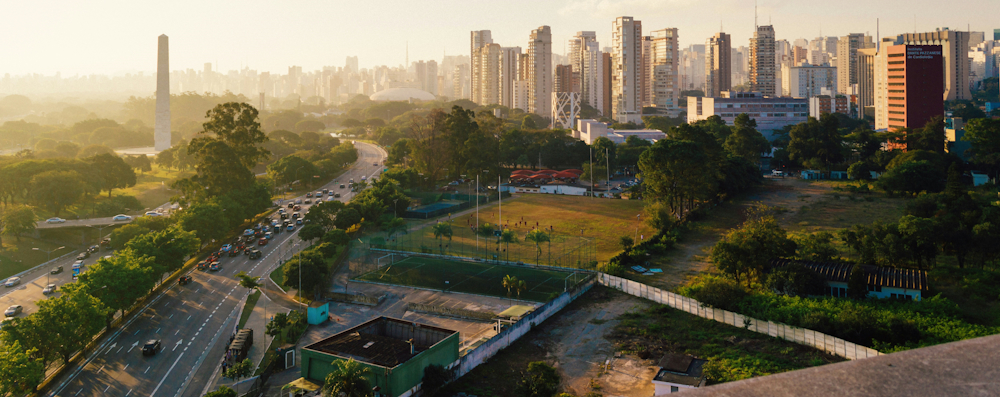
The city’s large expat population has also added to its uniquely wonderful lifestyle opportunities. São Paulo boasts one of the most diverse culinary scenes in Brazil. While it may not be the country’s party capital, São Paulo’s nightlife holds its own with an exciting range of nightclubs and bars. It is also a cultural hub with many museums and art galleries for art and architecture buffs to enjoy.
Finding accommodation in São Paulo

Finding accommodation in São Paulo varies dramatically depending on your budget and preferred neighbourhood. Expat-friendly neighbourhoods include Vila Madalena (known for nightlife and arts scene), Pinheiros (popular with digital nomads), Jardins (upscale and secure), and Itaim Bibi (close to business districts).
Safety levels, commute times, and proximity to international schools are key factors to consider. Furnished rentals are popular with expats and are readily available in expat-concentrated areas. Given São Paulo’s notorious traffic congestion, choosing accommodation near your workplace or metro lines can be a huge factor in your daily experience.
Renting Expat Accommodation in São Paulo
Cost of living in São Paulo
The cost of living in the city is high by local standards but more affordable than most expat destinations, particularly if earning in a foreign currency such as the US dollar. São Paulo is one of the most expensive cities in Brazil, and living costs are approximately 10 percent higher than in Rio de Janeiro.
Expats relocating to São Paulo need to ensure that their salary is sufficient, particularly if earning in the local currency. Accommodation and schooling will likely be an expat’s most significant expenses.
Living in São Paulo with children
Expats living in São Paulo will be ideally situated to enjoy the best that life in Brazil has to offer. Just outside the city lie mountains and rainforests that are perfect for hiking and weekend getaways, while the magnificent beaches and picturesque seaside towns of the coast are only a few hours’ drive away.
Finding a school in São Paulo
The majority of expats choose to send their children to one of the many exclusive international schools scattered around the city. These schools are often located in expensive areas, so expats will have to plan their accommodation accordingly. The city has over 30 international schools to choose from, although waiting lists can be alarmingly long due to high demand. Although there is a lack of adequate government healthcare, those with private health insurance can enjoy excellent care from the city’s many world-class private healthcare centres.
International Schools in São Paulo
Schooling in São Paulo
Getting around in São Paulo
São Paulo is known for severe traffic congestion and aggressive drivers, but the city is also home to an efficient and extensive public transport network. The metro system serves the greater metropolitan area and is undergoing major expansion with multiple new lines under construction, and it operates alongside CPTM trains. You can even cycle thanks to the city’s extensive cycling infrastructure.
Climate and weather in São Paulo
São Paulo is in a humid subtropical region, and its climate is enjoyably mild. Summers, from December to February, are warm and humid with frequent afternoon thunderstorms. From June to August, winters are short and cool, with the lowest rainfall of the year, and it’s a perfect time to move to or visit the city. Rainfall occurs throughout the year, so expats should be sure to bring their raincoats and boots.
São Paulo offers significant opportunities for globally mobile professionals in Latin America’s largest financial hub. Traffic congestion and language barriers are real challenges, but many expats find the advantages of living in this major business centre worthwhile. With proper planning and realistic expectations, São Paulo can provide a rewarding experience that pairs career growth with life in one of the world’s most influential cities.
